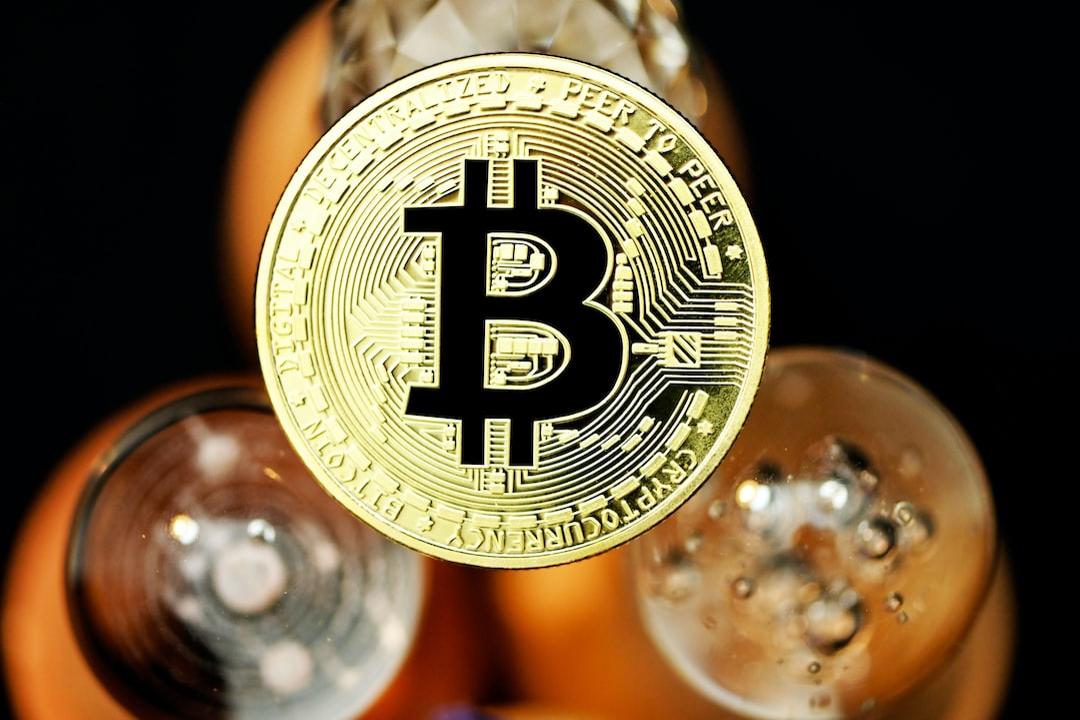Analysts have confirmed that XRP’s Bollinger Bands are expanding after a period of contraction lasting 19 months. This marks the end of the longest consolidation phase in XRP’s history. Historical data suggests that when XRP exits a contraction phase, it often experiences significant price surges. Bollinger Bands have upper, middle, and lower bands, which contract during periods of low volatility and expand during periods of high volatility. These contractions usually result in rapid price swings.
A market analyst named The Great Mattsby highlighted this phenomenon. For example, between August 2016 and February 2017, XRP’s price surged from $0.00626 to $3.31 after a six-month contraction of the Bollinger Bands, representing a gain of over 52,000%. A similar pattern occurred in late 2019 and 2020, with a 10-month contraction leading to a 686% price increase over seven months.
However, the 2019-2020 rally was somewhat restrained due to a lawsuit filed by the Securities and Exchange Commission (SEC) against Ripple in December 2020. This resulted in XRP being delisted from major exchanges and large-scale selloffs.
In the most recent scenario, XRP’s Bollinger Bands have been tightening since October 2023, indicating a prolonged squeeze that could potentially lead to a significant price movement. With the recent market rally following Donald Trump’s victory in the U.S. presidential election, XRP is poised for another breakout. In November alone, XRP has already seen a 28.37% increase, reaching the $0.65 range.
Chartered Market Technician Tony Severino has noted that XRP’s current position is above the upper Bollinger Band, and the Bollinger Band Width (BBW) is beginning to widen from the narrowest squeeze in XRP’s history. He sees this as a potential setup for a “shock and awe” price rally.
Currently, XRP is trading at $0.6517, down 1.7% in the past 24 hours but up 22% in the last week. Its immediate goal is to reclaim and maintain its position above the $0.70 region before the next upward movement.

